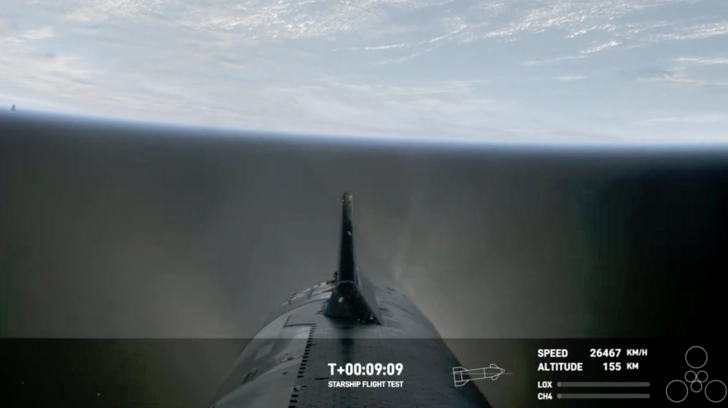According to the latest report from the U.S. Government Accountability Office (GAO), SpaceX’s Starship spacecraft may be too large to dock smoothly with NASA’s planned lunar space station.
GAO studied the mass limits of the space station and found that the total mass of its two main components, the Habitation and Logistics Module (HALO) and the Power and Propulsion Element (PPE), exceeded the target.
In addition, the report pointed out that when large aircraft such as SpaceX’s Starship dock are used, PPE may not be able to properly control the entire aircraft.
Although PPE meets the performance requirements set by NASA, these requirements do not take into account the impact of large aircraft.
According to IT Home, NASA must complete the launch of the lunar space station “Gateway” before 2027, that is, before the launch of the “Artemis IV” mission. “Artemis IV” is scheduled to be carried out in September 2028 and is the second manned lunar mission of the “Artemis” program.
“Gateway” must enter the lunar orbit one year before the launch of “Artemis IV” so that NASA can evaluate the space station and ensure that all systems are operating normally before the crew can board the space station.
GAO noted that NASA currently plans to launch the Gateway in December 2027, three months later than originally planned.
In September of this year, NASA will update the cost and confidence assessment of the Gateway to determine whether it can launch Artemis IV in September 2028 and achieve all mission objectives.
GAO pointed out that mass is another key limiting factor of the Gateway program, including the mass of the space station itself and the mass of some docked vehicles. The report shows that the total mass of the logistics and propulsion components of the space station exceeds the mass requirements set by NASA.
In addition, the mass of some vehicles may cause the propulsion components to be unable to control the space station according to the mission plan, thus affecting its mission.
READ ALSO: Google is cracking down on deepfake content to prevent Taylor Swift’s incident
The higher mass means NASA must launch some of the Gateway components separately to ensure the space station can be placed in the correct orbit.
Another option is to reduce weight by removing components. Both methods have pros and cons. Launching components separately is more expensive while reducing components will affect the performance of the space station.
Although the mass of the Gateway exceeds the standard, its PPE is still not enough for effective control when docking with large spacecraft. This affects the correct attitude of the space station to maintain orbit and communicate with the Earth, both of which are critical to the success of the mission.
According to the GAO, citing the views of NASA management, although the PPE met the requirements of the design phase, these requirements are not enough for a vehicle like the SpaceX Starship, which has a mass 18 times the design capacity of the PPE.

Currently, GAO said NASA plans to have visiting vehicles share some of the PPE work to control the docking of the starship with the space station.
The agency is also considering upgrading the software to effectively manage the thrusters of the space station. If neither of these options is successful, NASA may need to change the design of the PPE, which will bring additional cost and schedule pressure to the “Gateway” program.

